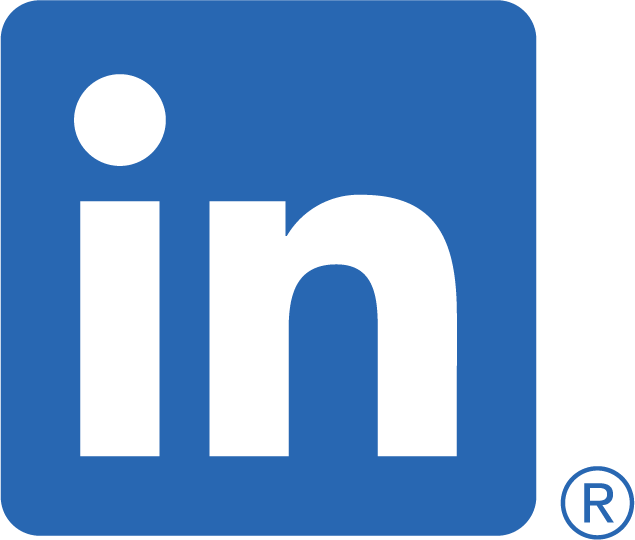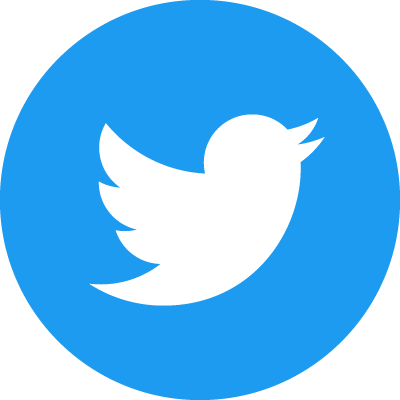At Leet Resumes, we write great technical resumes for free, for any technology professional in the US or Canada with 2+ years of experience. As a result, we’ve learned a lot about writing technical resumes.
A great technical resume gets you ahead in your career. The way companies hire can seem mysterious and cryptic, but it’s not too complicated in reality. Companies have processes for how they hire, and just like any system, if you know the rules it’s easy to reverse engineer what you need to do.
To help a hiring manager make technology hires, a company typically has HR staff, and sometimes a recruiter. The software they use to track interviews or job applicants is called an Applicant Tracking System (ATS). Leet writes a great technical resume that appeals to each of these audiences.
Here’s how.
Professional headline
The professional headline summarizes your role and level. For easy comprehension, it sums up your professional standing in a few words - a short phrase that serves as shorthand for your career. Great professional headlines include:
“Passionate Open Source Engineer”, “Top-performing BI Analyst”, “Innovative Machine Learning Expert”, “Successful Front-end Engineer”, or “Dedicated DevOps Professional”. A clear professional headline helps you get seen by managers looking to hire professionals like you.
Four job titles you’d accept After your professional headline, you’ll share four job titles you’d actually accept for your next job. These are not necessarily past roles or job titles you’ve already had. Instead, these are the job titles resume readers should consider you for in your next job. This may seem really obvious to you, but it’s not obvious to the HR staff or your future boss – help them out by documenting very clearly your intended path forward.
Professional summary
The next three lines of your professional summary describe your most important, most relevant attributes.
The second line of the professional summary is capabilities, skills, talents. These are your top 4 most differentiated skills in the market. Highlight skills that indicate you’re ready for the 4 job titles listed above.
The third line covers performance. What types of achievements have you had that prove you have the skills and capabilities listed above? What specific factual details can you summarize here? (You’ll explain them in detail in the bullet points below.)
The fourth line covers career highlights - awards, promotions, truly distinguishing achievements or industry recognitions.
And please note, if you have less than 8 years of experience, we’ll typically collapse the professional summary from 4 lines into just 2.
Work experience
The most common mistake engineers make in their work experience section is copying and pasting their job description. The readers of your resume already know what the duties and responsibilities of a ‘software engineer’ or a ‘full-stack engineer’ are. So repeating them on your resume doesn’t help you.
What they are looking for instead is details about what did you actually achieve in the job? Why was your previous employer better because you were there? Did you reduce latency? Increase throughput? Shave seconds off loading time? Build a system that could handle more capacity?
For technologists, this is an area where resumes actually favor your strong suit: numbers, not words. It’s always better to show your expertise by sharing the numbers. Numbers are objective, they are facts, and they help readers understand precisely what you did. For each role on your resume, we’ll ask for numbers that detail your success.
Examples of good numbers to share:
Load time reduced by xx ms Site engagement increased by xx% Bug fix time reduced by xx days Data usage reduced by xx % Revenue increased by xx % etc. Anything where you can quantify the specific improvements that happened because you were the engineer on the job.
Technologies
We list the technologies you’ve used at the end. For more experienced engineers, your particular technology stack may matter less than your overall track record. While for more junior engineers, the placement on the first (and only) page means this important data is at the fingertips of hiring managers and recruiters.
I hope this overview has been helpful. For more detail, see our technical resume documentation. Leet Resumes helps technologists get ahead in their careers by writing great technical resumes for free. We’d love for you to sign up.







